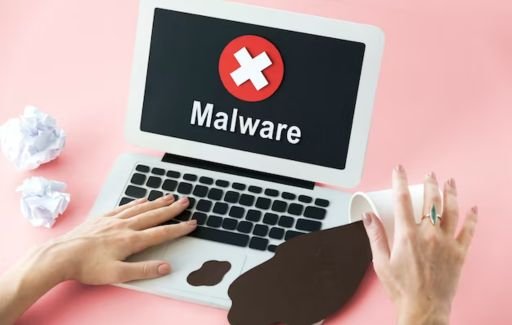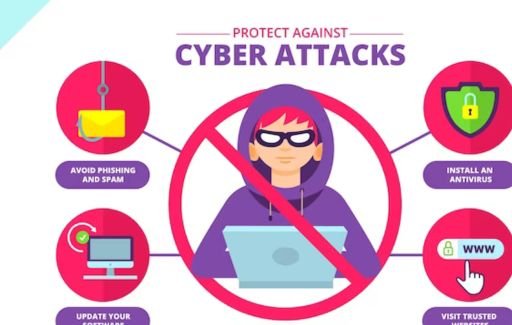


In today's digital world, malware has become increasingly sophisticated and prevalent. Malware, short for "malicious software", refers to programs designed to infect, damage, and gain access to computer systems against the owner's wishes.
Using an online malware scanner is crucial to detect threats and ensure your devices' security. This guide will cover everything you need to know.
Malware encompasses various types of hostile software like spyware, ransomware, viruses, worms, trojan horses, and more. They can infect computers, mobile devices, networks, and other systems.
Malware can:
These threats pose severe risks to privacy, finances, identities, and general security. That's why running frequent malware scans is essential.
An online malware checker is software you run to actively scan your computer or device for infections. Think of it as your first line of defence that enables you to conveniently check for malware from any internet-connected device.
Most malware checkers are easy to use - simply visit the site and click scan. An online scan for malware only takes a few minutes but provides invaluable peace of mind.
Leading options include free scanners from trusted cybersecurity vendors like Malwarebytes and Bitdefender. Using one of these malware scanners online tools ensures maximum detection of even new threats without needing to download or install anything.
Schedule regular sweeps - weekly or at least monthly - as part of your cyber hygiene routine. Think of an online sweep as changing the oil in your car: essential preventative care.
So how does an online security scan work? Essentially, the scanner compares files, system settings and processes running on your device against constantly updated threat databases. Signs of infections might include:
The malware checker isolates anything that matches known malware signatures. Skilled programmers also implement heuristic algorithms that look for behavior resembling malicious code even if an exact threat match doesn't exist yet.
This allows protection against new variants and zero-day exploits before they're officially categorized.

While online scanning provides certainty, also watch for these common malware infection symptoms:
If you notice any suspicious behaviour, immediately run an online scan for malware virus to identify and contain the threat. The sooner you deactivate infections, the less harm is done.
You have various options when scanning for malware threats on your devices:
Online malware scanners allow scanning devices directly through the internet browser. They are quick, convenient, and provide real-time threat detection from anywhere.
Popular online scanners include Trend Micro HouseCall, ESET Online Scanner, Bitdefender QuickScan, etc.
Malware protection software offers comprehensive scanning features and in-depth threat analytics. They provide continuous monitoring and scheduled scans.
Well-known examples include Malwarebytes, HitmanPro, Spybot Search & Destroy, etc.
Cloud-based scanners utilize algorithms running on remote servers to detect the latest threats. This allows for rapid development of countermeasures.
Microsoft Defender Offline, CrowdStrike Falcon Prevent, and SentinelOne are popular solutions.
Follow these steps to scan devices using a malware checker:
Choose a reliable malware scanner based on reviews and recommendations. Online, software-based, and cloud-delivered scanners all work well.
Set up regular quick and full system scans to catch threats. Daily or weekly scans are ideal for proactive monitoring.
Right-click and scan suspicious files, and emails, or download files manually to vet them before opening. This targeted scanning catches hidden threats.
If malware is detected, follow the remediation instructions provided in the scan reports. This usually involves quarantining, deleting infected files, or rollback.
Keep all software updated to patch vulnerabilities that allow malware intrusions. Enable auto-updates where possible.
What exactly happens when you initiate a scan with an online malware checker tool? The core process includes:
A: Daily or weekly full scans are recommended, along with manually scanning suspicious files. Schedule recurring scans for convenience.
A: Top free options include Malwarebytes, SuperAntiSpyware, Windows Defender, Avast Free Antivirus, and Panda Free Antivirus.
A: Signature-based scanners can miss new threats. Utilize multiple scan types like heuristic analysis and cloud-delivered scanning for comprehensive protection.
A: Online scanners are convenient and quick but may not detect deeply embedded or inactive malware. Use them together with desktop anti-virus software.
A: Malware scanners quarantine infected files, delete threats, roll back system changes by malware, isolate suspicious activity, and recommend next steps.
Regular malware scanning is now essential for individuals and organizations to secure devices and data against rapidly evolving cyber-attacks.
Leverage trusted and reliable malware checkers like online scanners, anti-virus software, cloud-based tools, or combinations of these to protect your system.
Schedule and run scans to proactively catch threats before they cause damage.